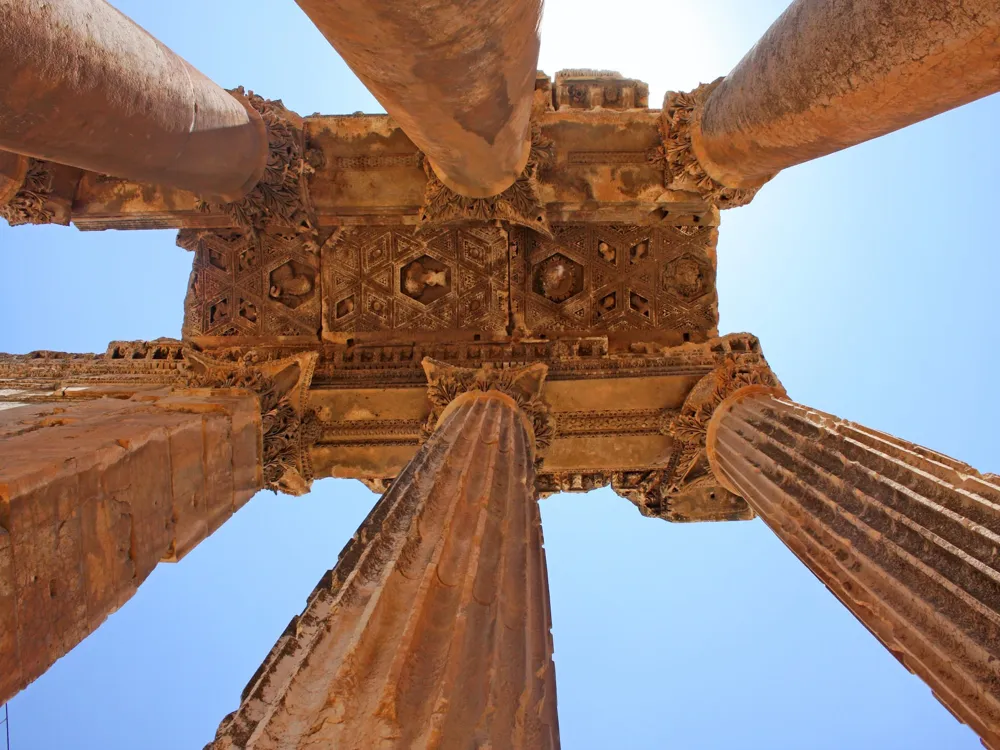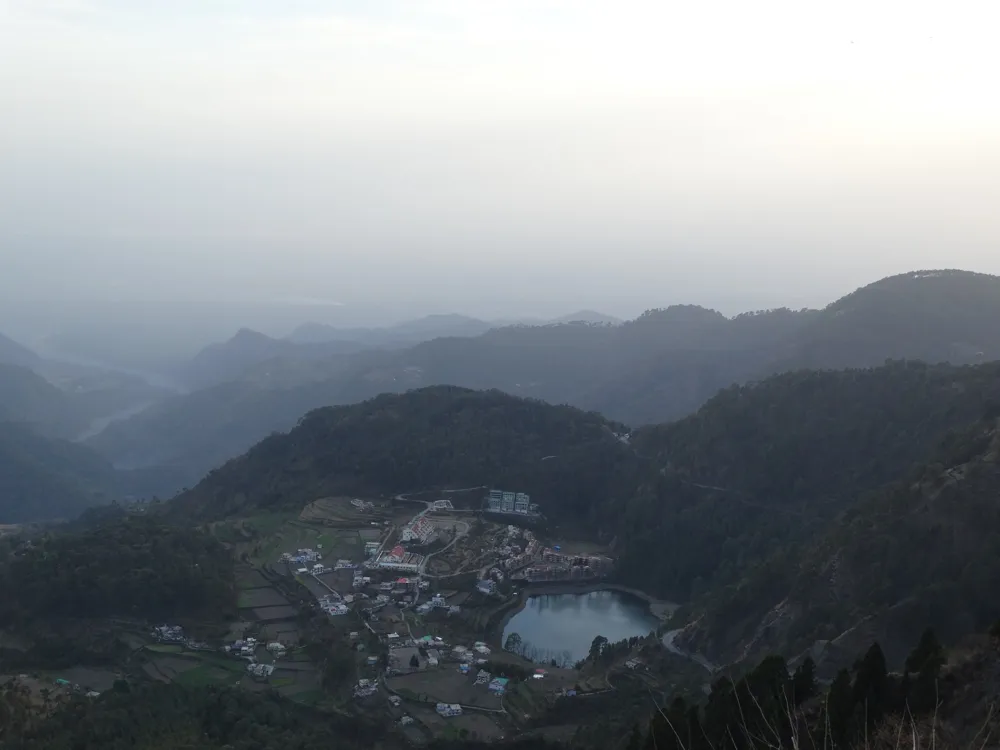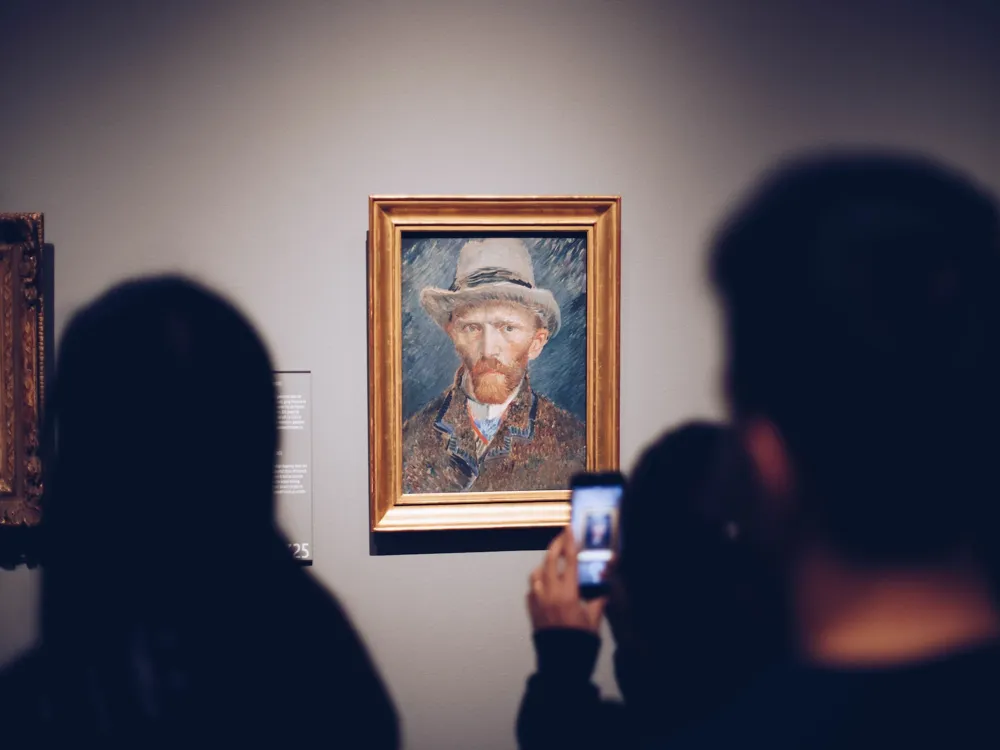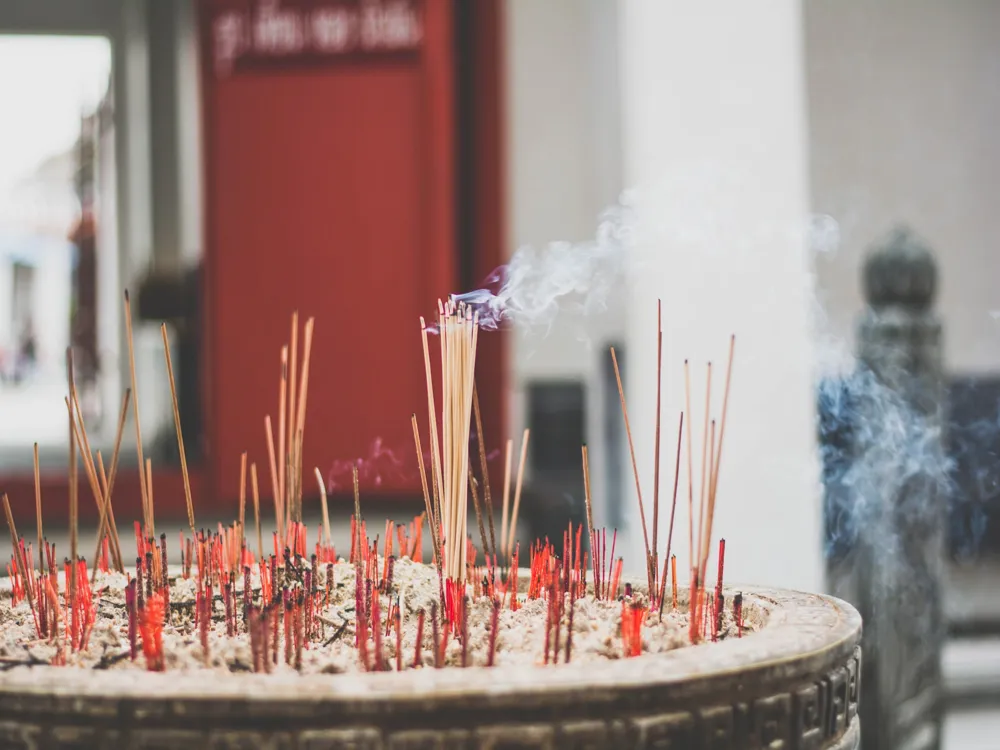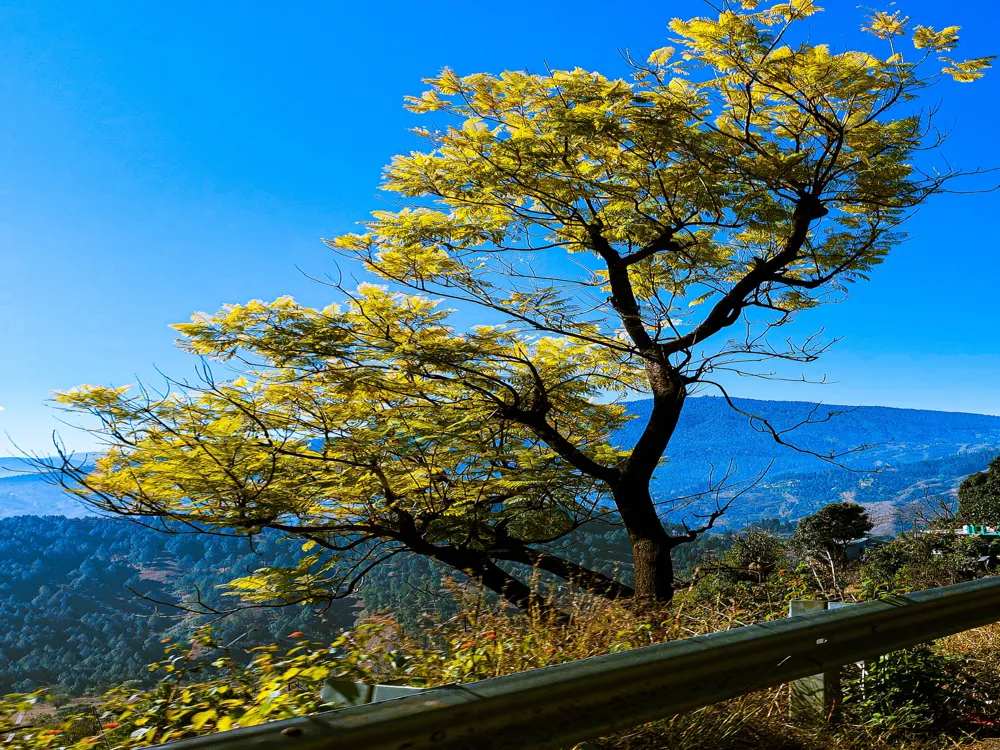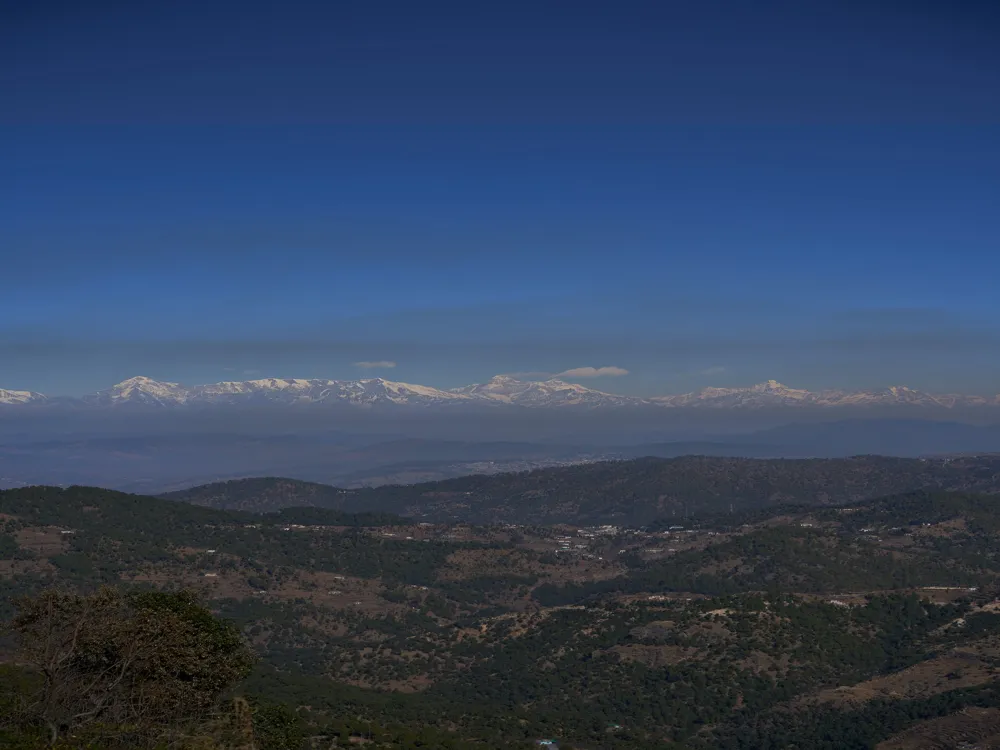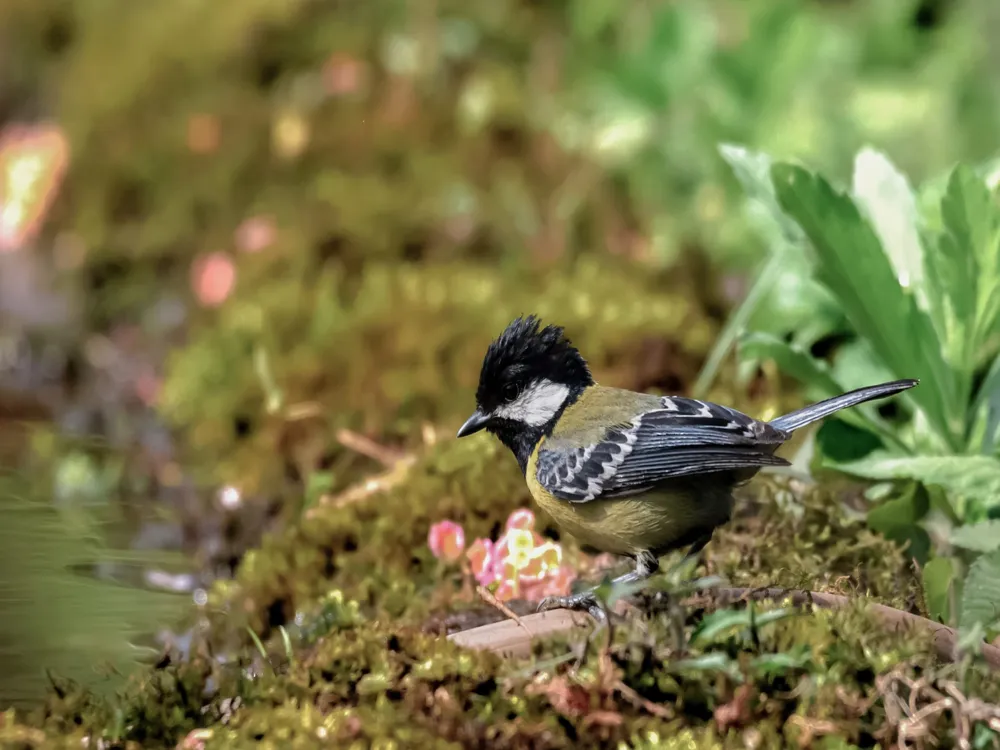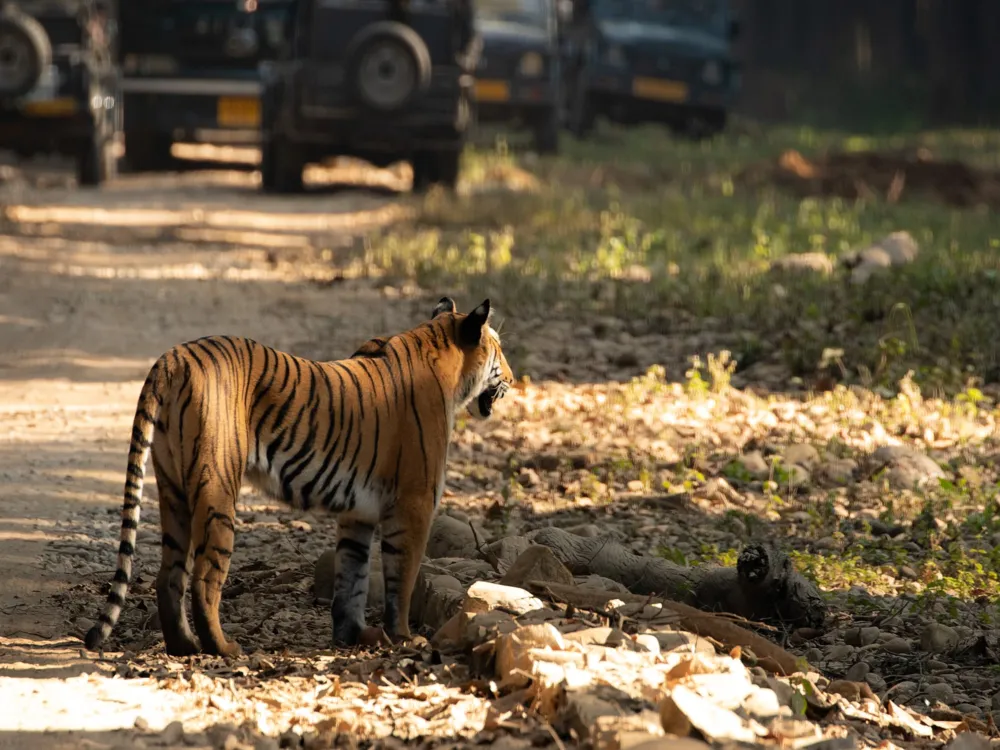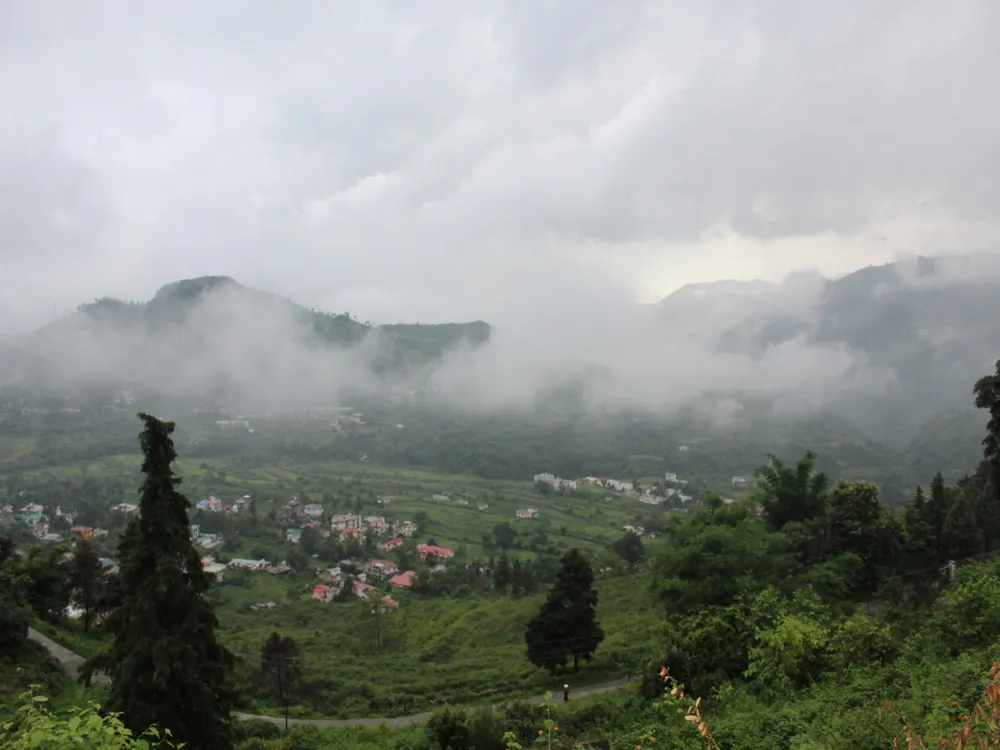Nestled in the serene landscape of Bhimtal, Uttarakhand, the Bhimeshwara Mahadev Temple stands as a testament to ancient Indian architecture and religious fervor. This temple, dedicated to Lord Shiva, is not just a place of worship but a beacon of cultural and historical significance. According to local folklore, the temple was built by Bhima, one of the Pandavas, during their exile. Its location by the Bhimtal Lake adds to its mystical charm, drawing devotees and tourists alike.
The temple's history is deeply intertwined with the Mahabharata, one of the major Sanskrit epics of ancient India. This connection not only enhances its religious importance but also makes it a significant stop for those interested in India's rich mythological past. Over the years, the temple has seen renovations and restorations, yet it retains the essence of its original structure, serving as a window to a bygone era.
The architecture of Bhimeshwara Mahadev Temple is a remarkable example of the North Indian style of temple architecture, known for its intricate carvings and detailed work. The temple features a classic 'shikhara' or spire, which is characteristic of Hindu temple architecture. The shikhara rises majestically against the backdrop of the lush green hills, creating a picturesque scene.
As one steps inside, the sanctum sanctorum or the 'Garbhagriha' houses the main deity, Lord Shiva, in the form of a Shiva Lingam. This space is designed to resonate with spiritual energy, where devotees can feel a deep sense of connection with the divine. The outer walls of the temple are adorned with carvings and sculptures that depict scenes from Hindu mythology, including the Mahabharata and the Ramayana. These carvings are not just decorative elements but also serve as storytelling mediums, conveying ancient lore to visitors.
The use of local stone and traditional construction techniques in the temple’s design demonstrates a harmonious balance between the structure and its natural surroundings. This is a common trait in ancient Indian architecture, where the building was meant to be a part of the landscape rather than an imposition on it. The temple's architecture is not only a reflection of the era's artistic skills but also an embodiment of the spiritual philosophy of Hinduism.
The ideal time to visit the Bhimeshwara Mahadev Temple is between October and March, when the weather is pleasant and conducive for exploring. Visitors are advised to dress modestly, covering shoulders and knees, as a sign of respect for the temple's religious significance. While photography may be allowed in certain areas, it's important to respect the temple's rules and avoid photographing the deity or in prayer areas. Engaging with local customs, such as removing shoes before entering the temple and participating in offerings, can enrich the visiting experience.
Bhimeshwara Mahadev Temple in Bhimtal, Uttarakhand, is accessible by various modes of transportation. The nearest airport is Pantnagar Airport, about 58 kilometers away. Visitors can hire taxis or take buses from the airport to reach Bhimtal. For those preferring rail, the nearest railway station is Kathgodam, situated 23 kilometers from Bhimtal. Regular bus services and taxis are available from Kathgodam to Bhimtal. Additionally, Bhimtal is well-connected by road to major cities and towns, making it convenient for travelers to reach the temple by car or bus.
Overview of Bhimeshwara Mahadev Temple, Bhimtal, Uttarakhand
Architecture of Bhimeshwara Mahadev Temple
Tips When Visiting Bhimeshwara Mahadev Temple
Best Time to Visit
Dress Code and Etiquette
Photography Guidelines
Local Customs and Traditions
How To Reach Bhimeshwara Mahadev Temple
Bhimeshwara Mahadev Temple
Bhimtal
Uttarakhand
NaN onwards
View bhimtal Packages
Bhimtal Travel Packages
View All Packages For Bhimtal
Top Hotel Collections for Bhimtal

Private Pool

Luxury Hotels

5-Star Hotels

Pet Friendly
Top Hotels Near Bhimtal
Other Top Ranking Places In Bhimtal
View All Places To Visit In bhimtal
View bhimtal Packages
Bhimtal Travel Packages
View All Packages For Bhimtal
Top Hotel Collections for Bhimtal

Private Pool

Luxury Hotels

5-Star Hotels

Pet Friendly








